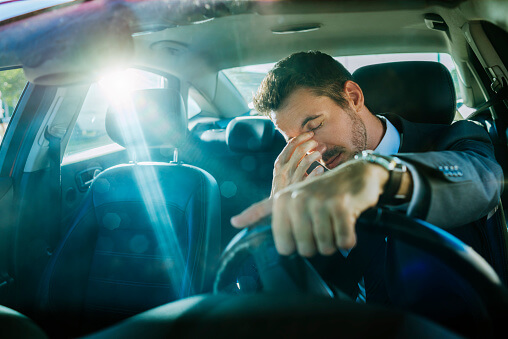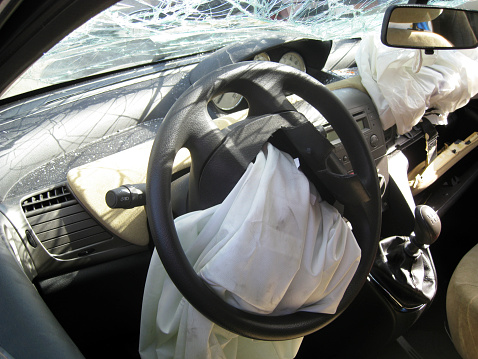Driver fatigue doesn’t just involve dozing off behind the wheel. It can have a similar effect to driving drunk. According to the National Safety Council (NSC), going without sleep for more than 20 hours within a 24-hour period is the equivalent to having a blood-alcohol concentration level of 0.08 percent. The result is delayed reaction time, loss of coordination, and impaired judgment.
Who is affected by drowsy driving?
Anyone can be affected by drowsy driving, and anyone sharing the road with a drowsy driver can be endangered. In fact, a survey recently conducted by the American Academy of Sleep Medicine (AASM) found that nearly half of adult drivers in the U.S. have struggled not to fall asleep while driving.
The survey was commissioned on September 17-20, 2019 and involved 2,003 participants. When asked if they ever struggled to stay awake while driving a vehicle, 906 answered “yes,” 957 answered “no,” and 140 said that they don’t drive.
Out of each generation involved in the survey, drowsy driving was prevalent among 47 percent of millennials, 48 percent of Gen Xers, and 44 percent of baby boomers. Gen Zers and people from the silent generation were less impacted by drowsy driving, yet a significant number of both generations still admitted to drowsy driving.
Those most at risk of driving drowsy include:
- People who work night shifts or rotating shifts
- People who work more than 60 hours per week
- Commercial vehicle drivers
- People with untreated sleep disorders, like sleep apnea, insomnia, and narcolepsy
- People who frequently travel across time zones
Why should drivers pay attention to the warning signs?
The danger of driver fatigue is that the first signs are often subtle. Drivers don’t always take them seriously. For example, feeling restless and irritable, frequent yawning, rubbing eyes, and trouble remembering the last few miles driven are signs that it may be time to get off the road. Many drivers just shrug it off and continue traveling.
Then come the microsleeps — the 4-5 seconds of uncontrollably nodding off. As drivers continue to fight microsleeps, their eyes only get heavier and staying awake becomes even more of a struggle.
Once drivers nod off, anything can happen within those few seconds, including:
- Failing to stop and causing a high impact rear-end collision
- Crossing the centerline and causing a head-on collision
- Running through a stop sign or traffic signal and causing a T-bone crash
- Failing to stay in a lane and either running off the road, or running another car off the road
- Striking a pedestrian or bicyclist
- Crashing into a fixed object
These are the reasons drivers should take the initial warning signs seriously. There is no excuse. If the actions of a fatigued driver caused your injury or the death of a loved one, the Chicago car accident attorneys at Coplan + Crane can help you pursue justice.
Our legal team is dedicated to helping injured motorists and their families recover all compensation owed to them. We’ll leave no stone unturned in the process. To schedule your free consultation with one of our attorneys, fill out our contact form online. We operate on a contingency fee basis, meaning you pay nothing unless we win your case.
















